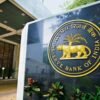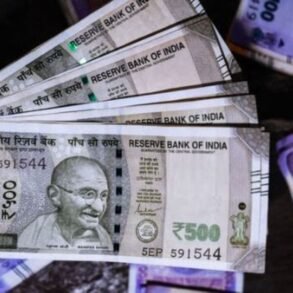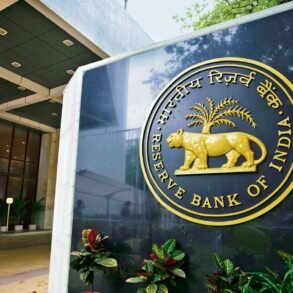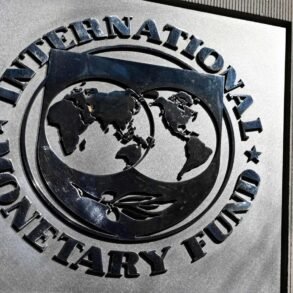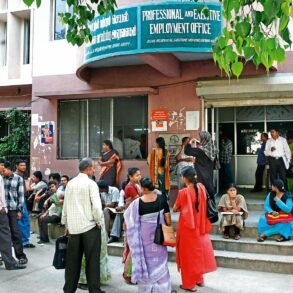India’s Economy at The Crossroads: A Look Ahead of The Vote-on-Account Budget
As the nation awaits Finance Minister Nirmala Sitharaman to present the vote-on-account budget on 1 February for the fiscal year 2024-25, India’s economy finds itself in an interesting turn of events. With a blend of macroeconomic indications, Sitharaman will have to find a balance between the potential opportunities and the looming challenges.
Encouraging Signs for The Economy
First, let’s look at the positive side. According to the National Statistical Office (NSO) and Reserve Bank of India (RBI), the growth outlook seems promising. They’re expecting a strong real growth rate of around 7-7.3% in FY24. This gives Sitharaman more room when it comes to scheduling the budget’s revenue and expenditure figures. However, aligning this with the expectations of a populist budget during an election year might prove to be a tricky balance to strike. As the current government is bidding for a third term, a surge in welfare spending, especially on programs for women, the underprivileged, farmers, youth, and tribals, is expected.
Furthermore, the twin deficit numbers also provide comfort. Goldman Sachs has reduced its prediction for India’s current account deficit (CAD) to 1.3% of GDP. This is largely due to the rise in service exports and the fall in oil prices. Also, the increased earnings from both direct and indirect taxes are expected to comfortably cover the projected fiscal deficit of 5.9% of GDP.
Potential Economic Challenges Ahead
On the flip side, the recent industrial production and inflation data suggest possible economic difficulties. The recent Index of Industrial Production (IIP) numbers showed a significant decline in 17 out of 23 manufacturing industries. Moreover, India’s retail inflation reached a four-month high of 5.7% in December 2023, driven by a 9.5% hike in food prices. With inflation crossing the RBI’s threshold in as many as seven states, Sitharaman must resolve these issues in the upcoming budget.
Crafting The Budget Amidst Economic And Political Realities
Addressing emerging macroeconomic concerns while acknowledging political realities becomes crucial. For instance, the significant decrease in industrial production growth underscores an urgent call for measures on the demand side. Especially in rural areas, where demand has been weak following the global pandemic. The budget should introduce measures to uplift rural incomes and enhance the access to rural credit.
Secondly, with the rise of headline and food inflation, there is a need to support RBI’s monetary policies and address the supply-side issues of the economy. With proper reallocation of funds within the agricultural sector, there can be an improvement in long-term productivity. Additionally, targeted tax incentives might be necessary to guard household purchasing power in the face of rising inflation.
Thirdly, sustaining the momentum of positive GDP growth requires fiscal support for sectors that are prospective new growth drivers of the economy. Areas such as renewable energy, fintech, healthcare, biotechnology and artificial intelligence should be the prime focus.
Lastly, while preparing to join the JPMorgan and Bloomberg emerging market indices in 2024, India must maintain a careful fiscal approach. More than ever, foreign investors and rating agencies will be keeping a close eye on India’s commitment towards reducing its deficit. A budget that leans too much toward populism could disrupt India’s post-pandemic fiscal consolidation efforts and impact its global economic standing.
This report is based on sources from Reader Wall.



